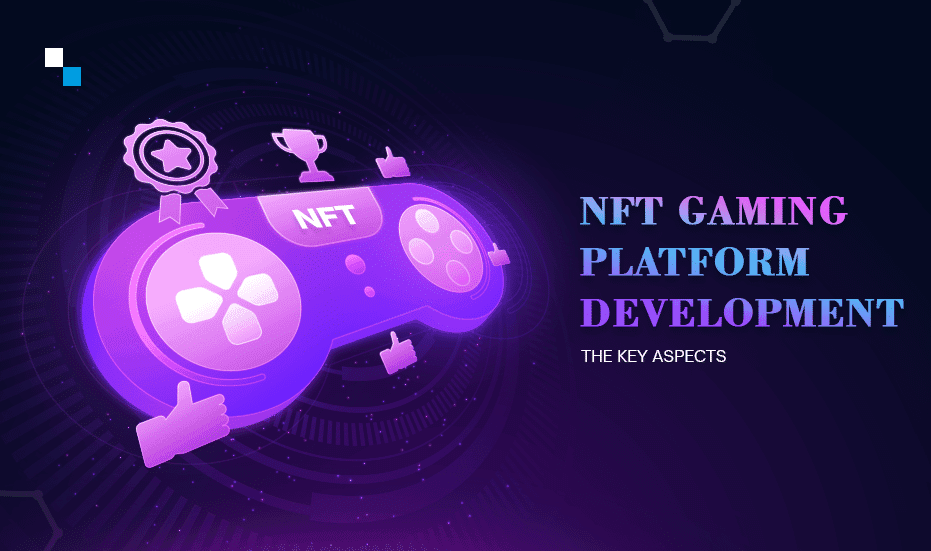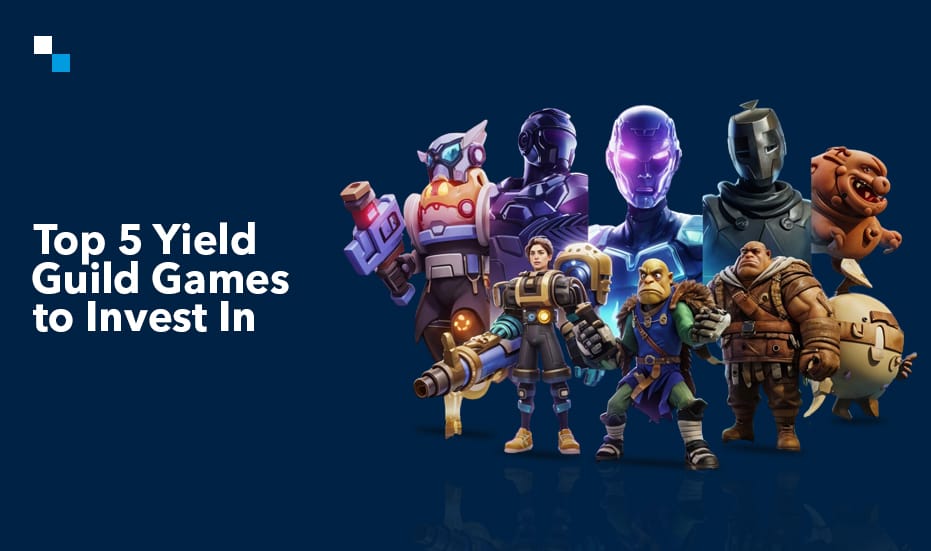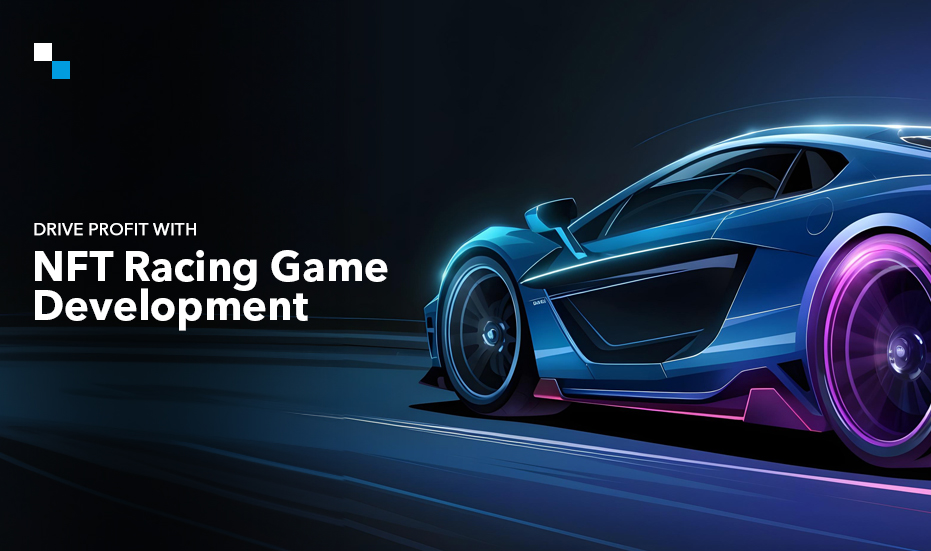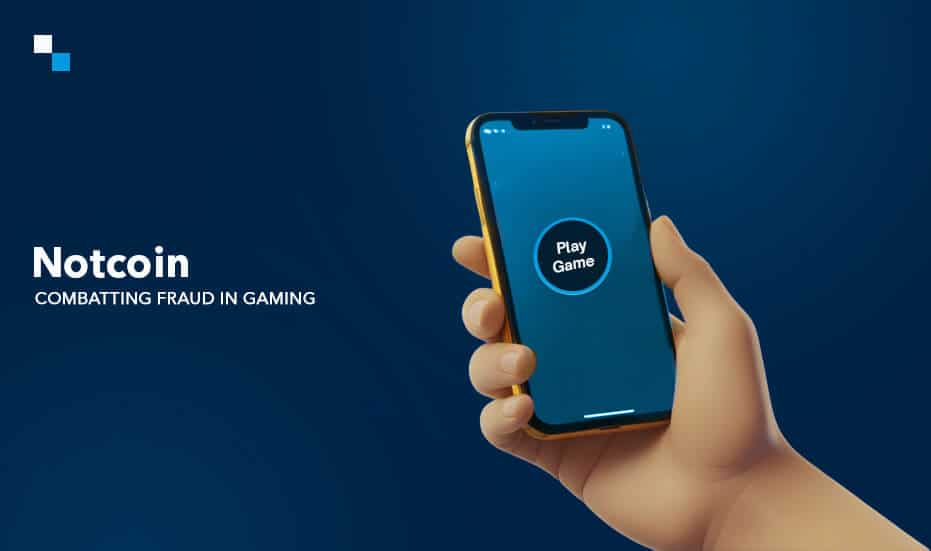
Understanding Web2.0 Vs Web3.0 – How Web3.0 Development Is Beneficial For Businesses
September 27, 2022
What is a Carbon Credits NFT and Carbon Credits NFT Marketplace?
September 27, 2022The success rate of NFT gaming is surprising everyone. That’s because as opposed to the declining venture capital funding in the crypto space, NFT gaming firms continue to attract the attention of institutional investors. According to “The Block Research”, the number of VC deals in the NFT gaming space has shot up to 53. In August 2022, the NFT Gaming platforms witnessed a 66% jump in VC funding which touched $842 million. With such a massive inflow of capital, NFT gaming platform development is rapidly evolving and disrupting the gaming industry.
What is NFT Gamification?
In simple words, NFT gamification allows an NFT Gaming Platform Development Company to move the following aspects of games to blockchain:
1. Point scoring
2. Competition
3. Gameplay rules
In addition to this, NFT gamification has also led to the emergence of GameFi. In GameFi, players trade their game assets for crypto tokens which are financial rewards.
How is NFT Gamification disrupting The Gaming Industry?
NFTs and blockchain are working hand in hand to transform the Gaming industry. Lets us look at 5 ways in which this disruption is coming forward:
1. Play-to-Earn games
Traditional gaming has always been about a play-to-win opportunity. In traditional games like Clash of Clan, players would buy in-game items to just enhance the gameplay. These in-game items could neither be traded nor could they be monetized.
However, with the support from NFT Gaming Platform Development Services, players can now engage in Play-to-earn models that are rapidly becoming a source of income for players. This is the GameFi side of NFT gamification.

Two ways in which players earn in play-to-earn games:
1. By trading NFTs.
2. By earning in-game rewards in terms of NFTs or cryptocurrencies.
To initiate a play-to-earn game, the players need to invest some amount in the game by buying the in-game characters. For example, in Axie Infinity, players need to buy 3 Axies to start playing the game. Using these Axies and with their gameplay, players can breed more Axies which they can then trade in the in-game NFT marketplace. The game owners can go for an in-game NFT marketplace right at the beginning of game development or they can get it integrated later by an NFT Gaming Platform Development Company.
However, sometimes the initial investment cost of in-game assets is very high. This is when Play-to-earn Guilds come to the rescue of the players.
2. Play-to-Earn Guilds
With the growing popularity of play-to-earn games, the cost of investment to get started in the game also soared. The play-to-earn guilds are groups where guild members can rent in-game assets required to start the gameplay instead of buying them. While this lowers the cost for players, the in-game asset lender earns by receiving a part of the player’s earnings. These guilds also run educational programs to educate the new players about strategic game plays to enhance their income.
3. Game assets interoperability
One of the biggest reasons for the popularity of NFT gamification is that in traditional gaming, the in-game assets stayed in the walled gardens. The players could not take the in-game assets they earned in one game to another game. However, blockchain games are expected to change this as blockchains are rapidly becoming interoperable which makes the games developed on these blockchains also interoperable.
For example, if a game on blockchain supports the ERC-721 token then it can accept a BEP-721 token also. However, this is completely dependent on how the game is developed by the NFT Gaming Platform Development Services provider.
4. NFT Staking
You must have heard and even participated in crypto token staking to make passive income on tokens you plan to hold for a long time. The same concept has been replicated by NFT Gaming Platform Development companies. However, instead of cryptocurrencies, these platforms allow players to lock up their NFTs in smart contracts.
Different models of NFT staking are coming up rapidly. For example, a player can stake his cryptocurrencies in a pool and earn an NFT as a reward. He can either trade this NFT in the marketplace or can use this NFT to access a higher staking reward pool. Another option is to stake the NFT in a Decentralized Autonomous Organization known as DAO. By locking NFTs in a DAO, players stand a chance to earn passive income as well as governance votes to participate in future development proposals.
However, for the development of a platform, the NFT gaming platform development company must consider the following aspects:
- Lockup period of NFTs
- Annualized Percentage Yield
NFT staking is becoming very popular because it is a proven way of earning passive income on an illiquid asset.
Want to Get Started in NFT Gaming?
NFT Gamification goes much beyond game development as it requires precise blockchain development and financial planning skills. Intending to power the next generation of NFT Gamification, Antier has built its expertise in blockchain game development, NFT development, and gaming tokenomics and that establishes us as a leader in NFT gaming platform development. Planning to get started in NFT Gaming? Get in touch with our experts right now!



